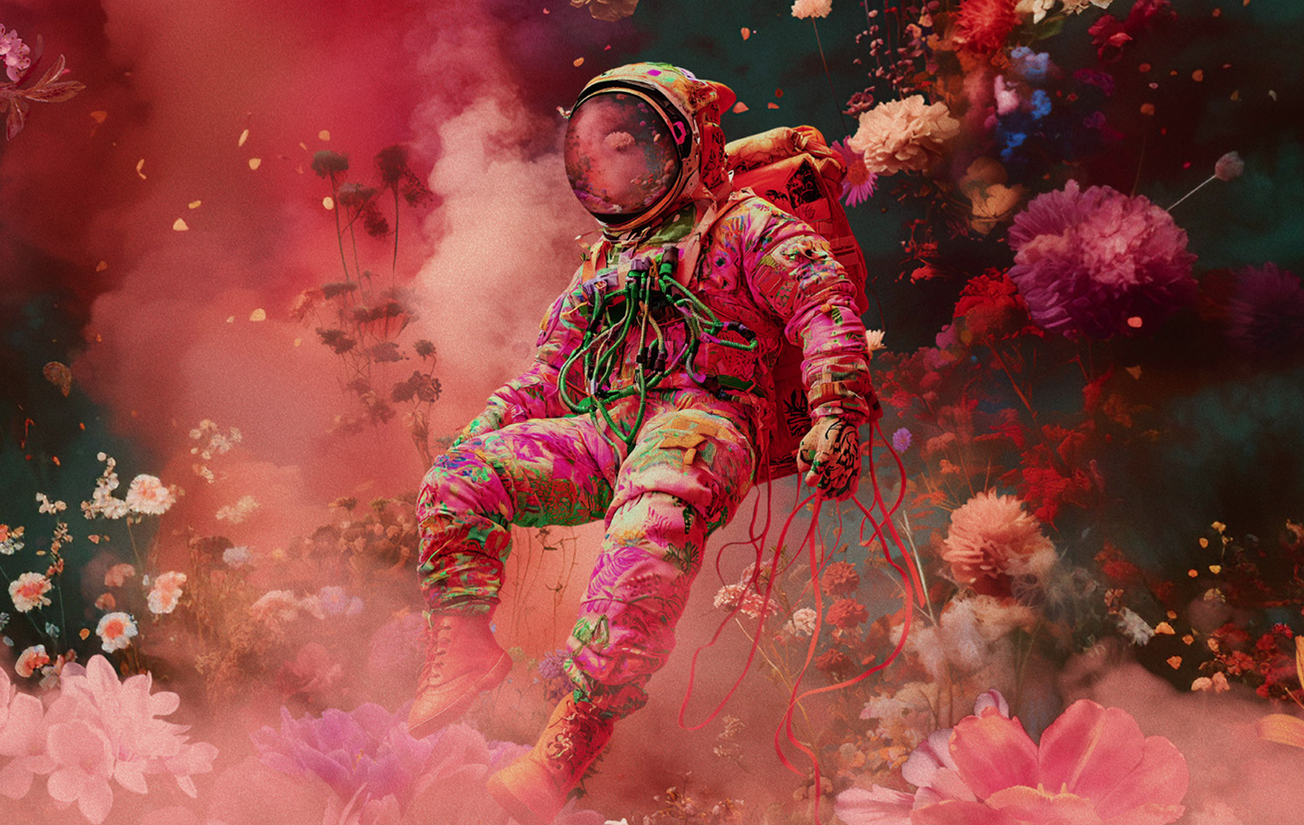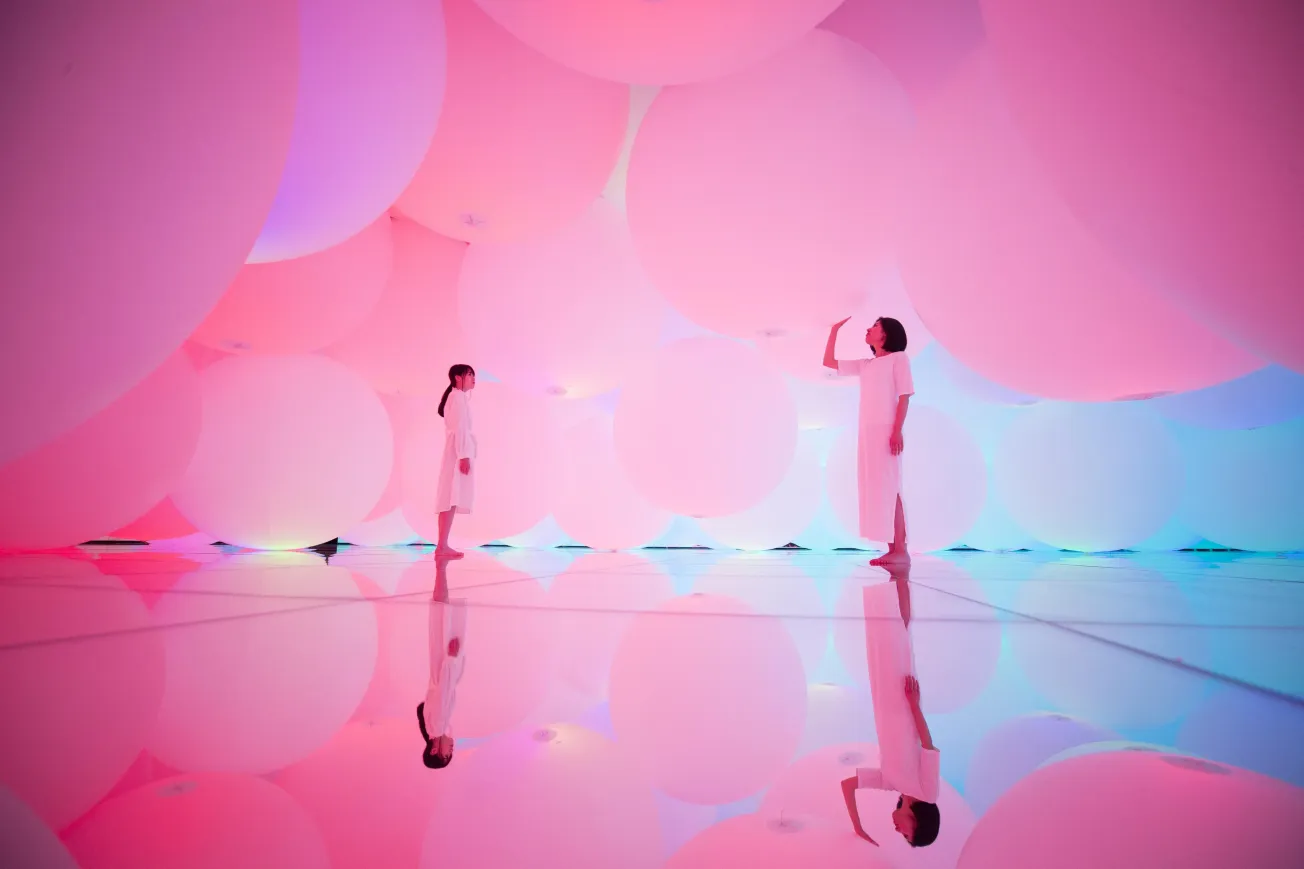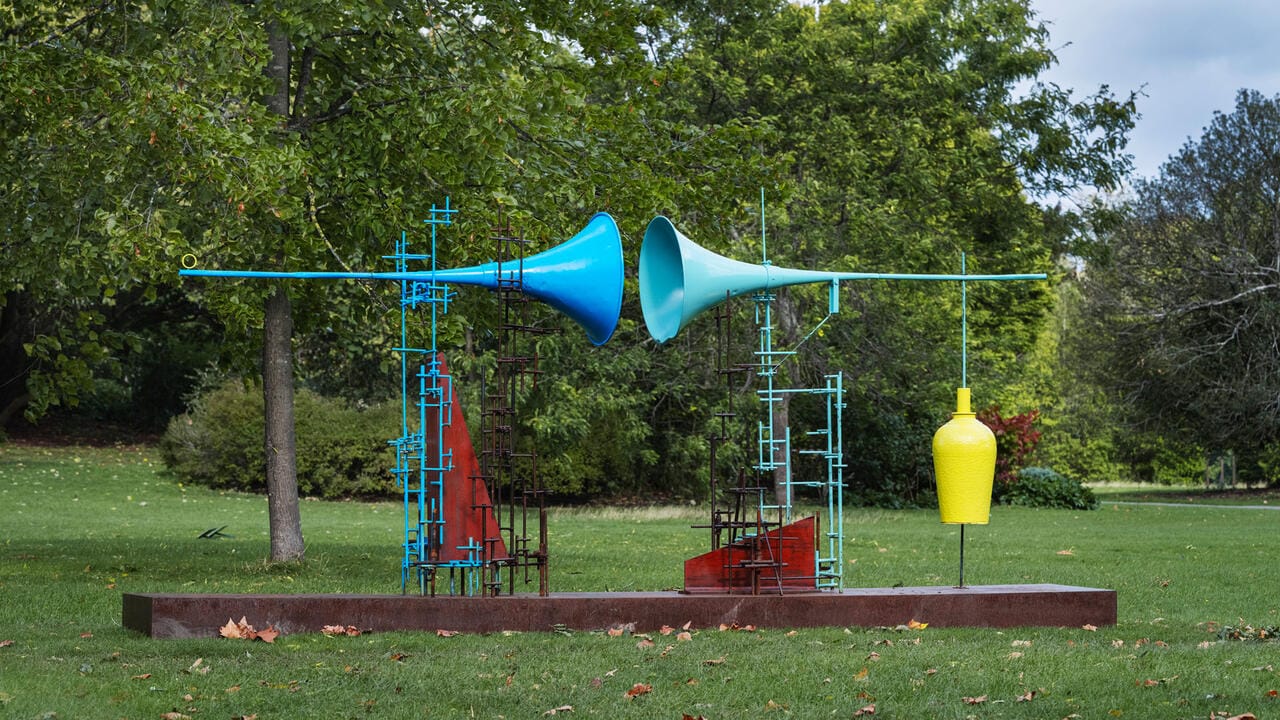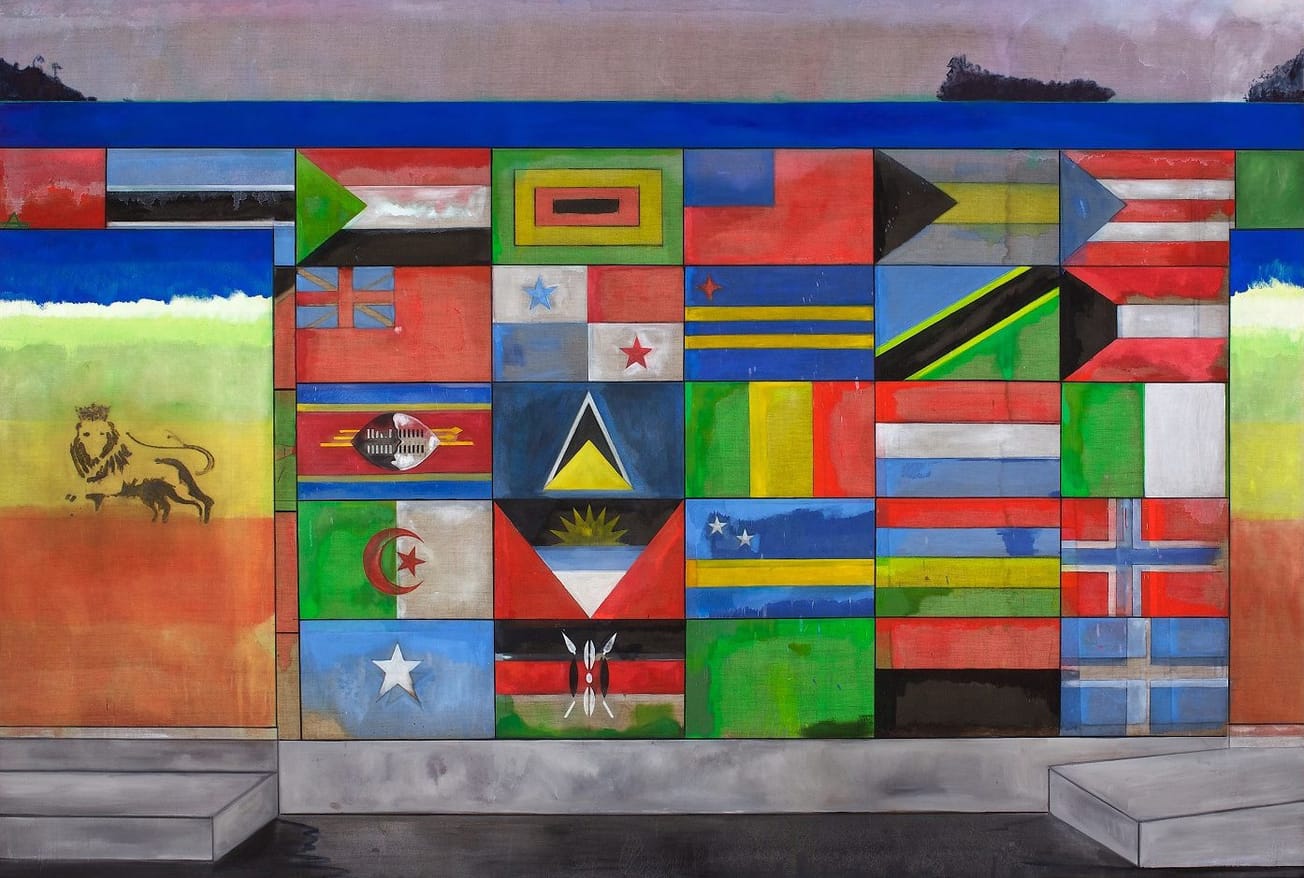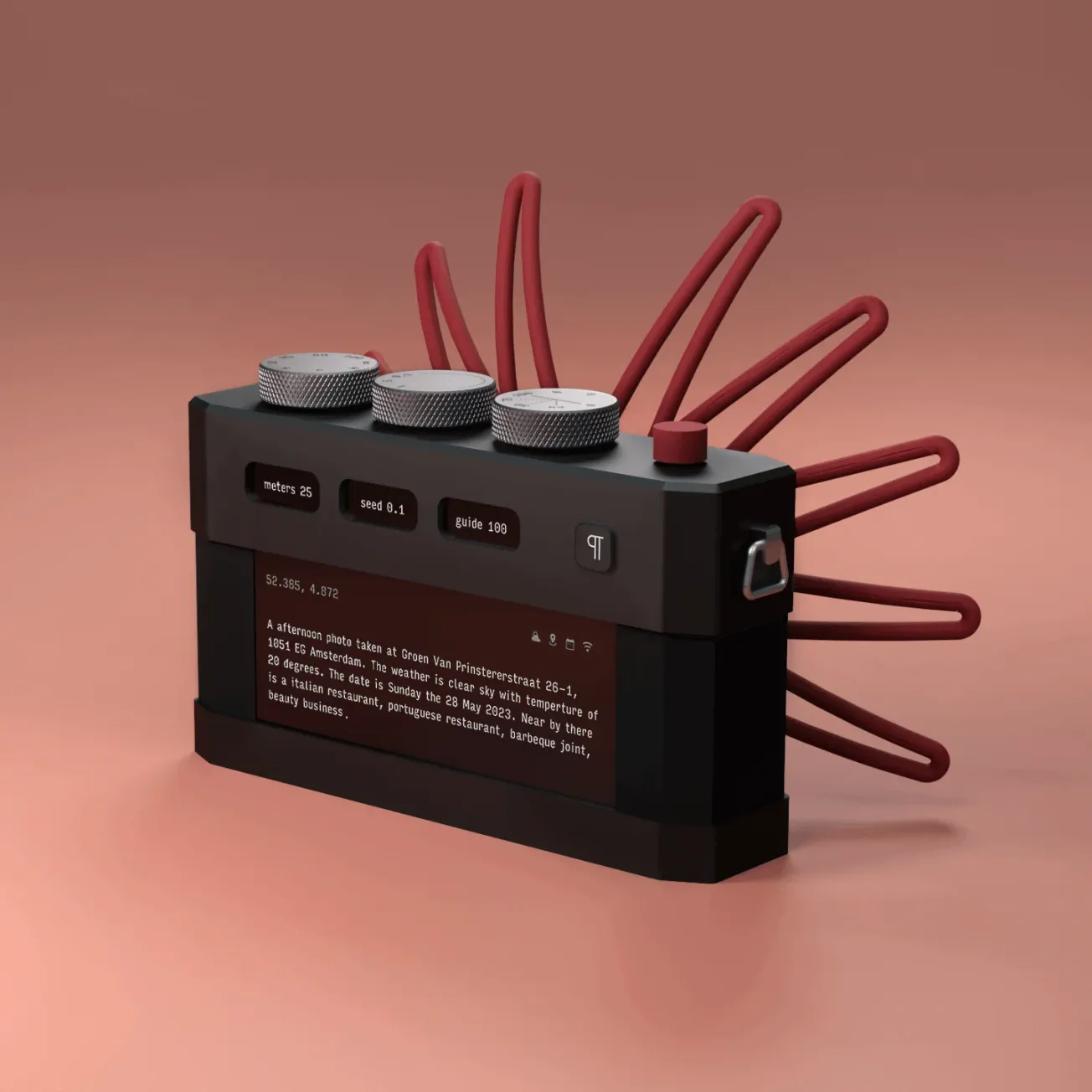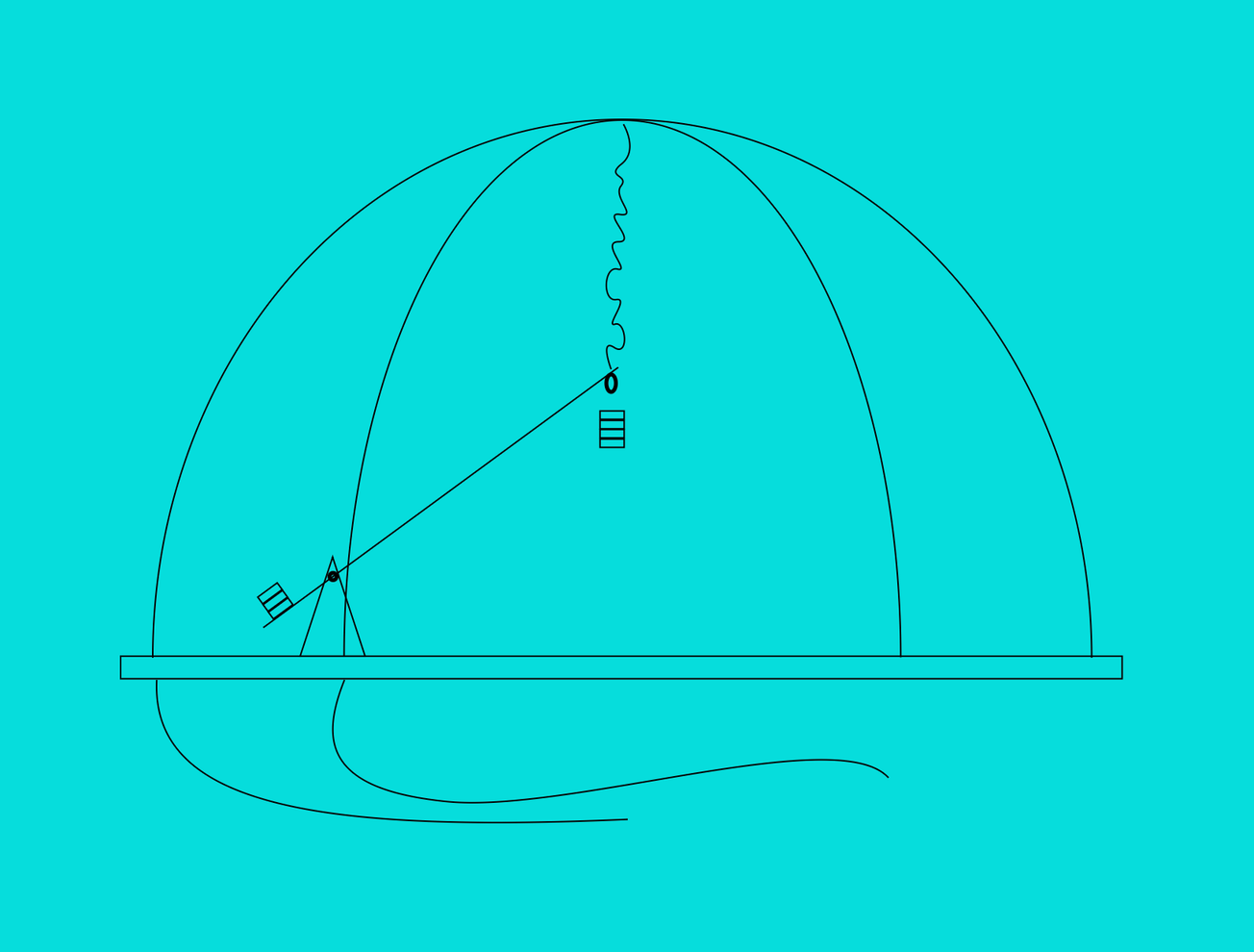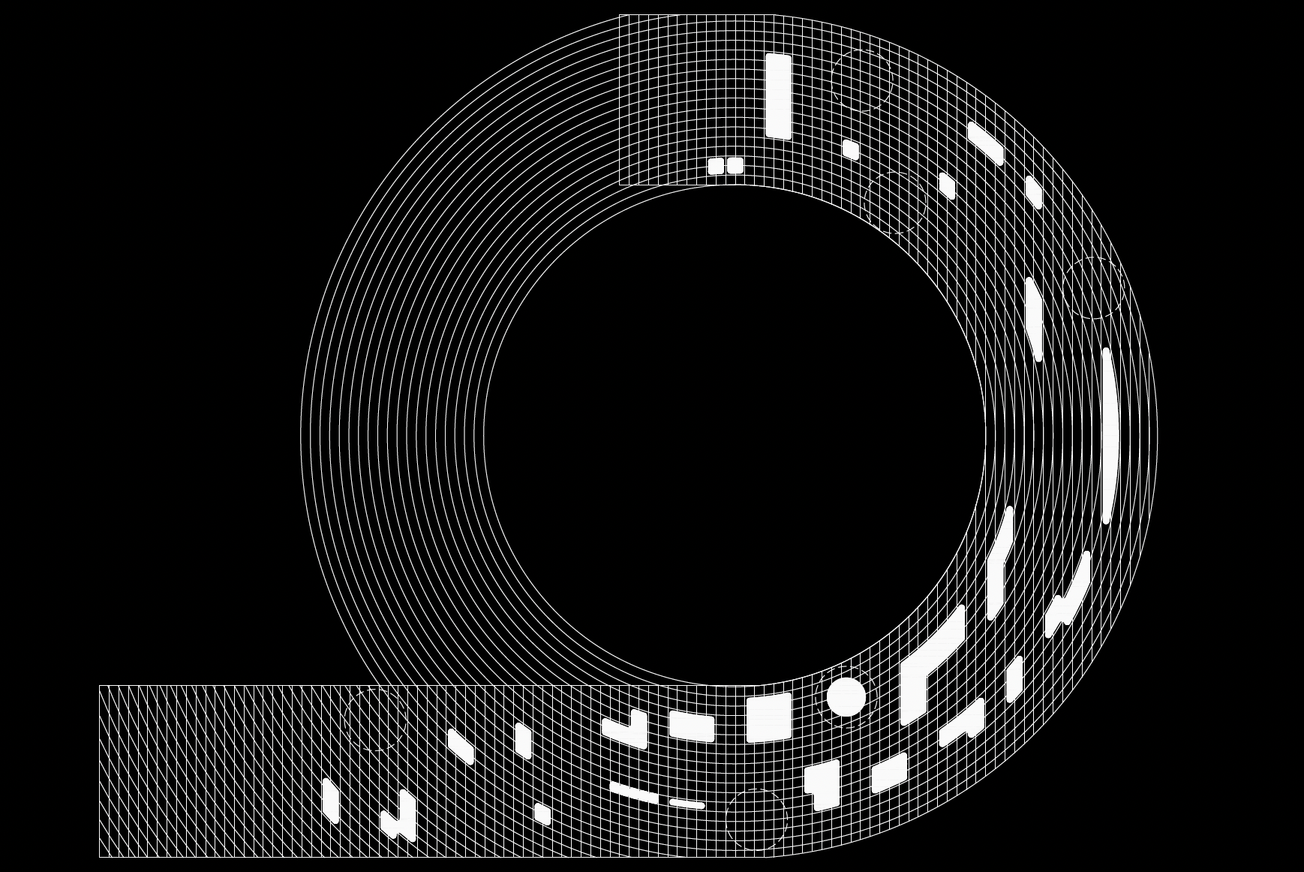At Singapore’s ArtScience Museum, Another World Is Possible reframes futurity as a design challenge rather than a distant dream. Running through February 2026 and co-curated by speculative architect and filmmaker Liam Young, the exhibition brings together architects, artists, and storytellers who treat the future as an open-ended prototype—one that must be iterated, not merely imagined.
The curatorial premise is clear—futures are not abstract or inevitable; they are designed systems shaped by cultural, ecological, and technological choices. The exhibition situates this argument within Singapore’s unique context: a city-state long invested in long-term planning, sustainability, and infrastructural experimentation. The result is an exhibition that oscillates between global speculation and local grounding.
From Speculative Fiction to Spatial Prototypes
Liam Young’s curatorial approach builds on his ongoing work in cinematic architecture and world-building. Another World Is Possible extends this methodology into the museum space, treating exhibitions as immersive story engines. Visitors encounter works by international and regional practitioners—Björk, Ming Wong, Jakob Kudsk Steensen, Osborne Macharia, Ong Kian Peng, and Torlarp Larpjaroensook among them—whose practices merge narrative media, sound, simulation, and spatial design. These installations operate less as static artworks and more as dynamic ecosystems where fiction becomes a material of design.
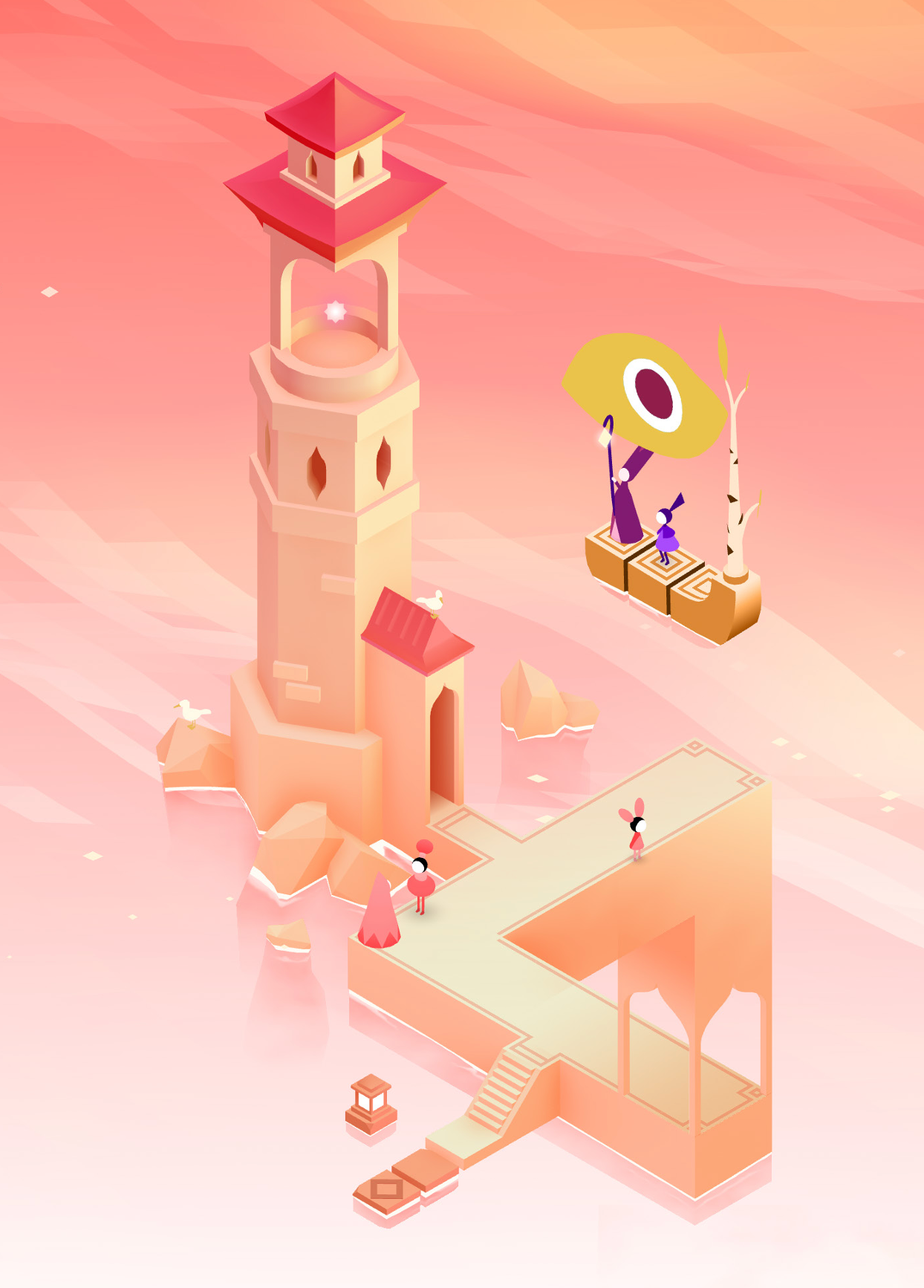
Architectural studios such as WOHA and Pomeroy Studio contribute speculative models that explore urban resilience and environmental adaptation: vertical biodiverse cities, amphibious housing typologies, and floating agricultural infrastructures. Rather than futuristic fantasies, these are tangible thought experiments—grounded, testable, and positioned within Southeast Asia’s environmental realities. The exhibition’s scenography reinforces this hybridity. Digital projections, miniature architectures, and sonic environments are staged in fluid relation, dissolving disciplinary boundaries. The result is a spatial essay on how design disciplines can collaborate to construct shared imaginaries.
Beyond the Dystopian Frame
Another World Is Possible consciously resists the dystopian fatigue that defines much of contemporary futurism. Its optimism is not naive; it is infrastructural. The works on display ask how design might foster new forms of collective agency, even amid planetary complexity. In this context, narrative becomes infrastructure—a recurring concept throughout the exhibition. Storytelling is treated not as escapism but as a mode of governance, ethics, and coordination. By constructing alternative narratives, designers can also reshape the systems—economic, ecological, and technological—that sustain them.
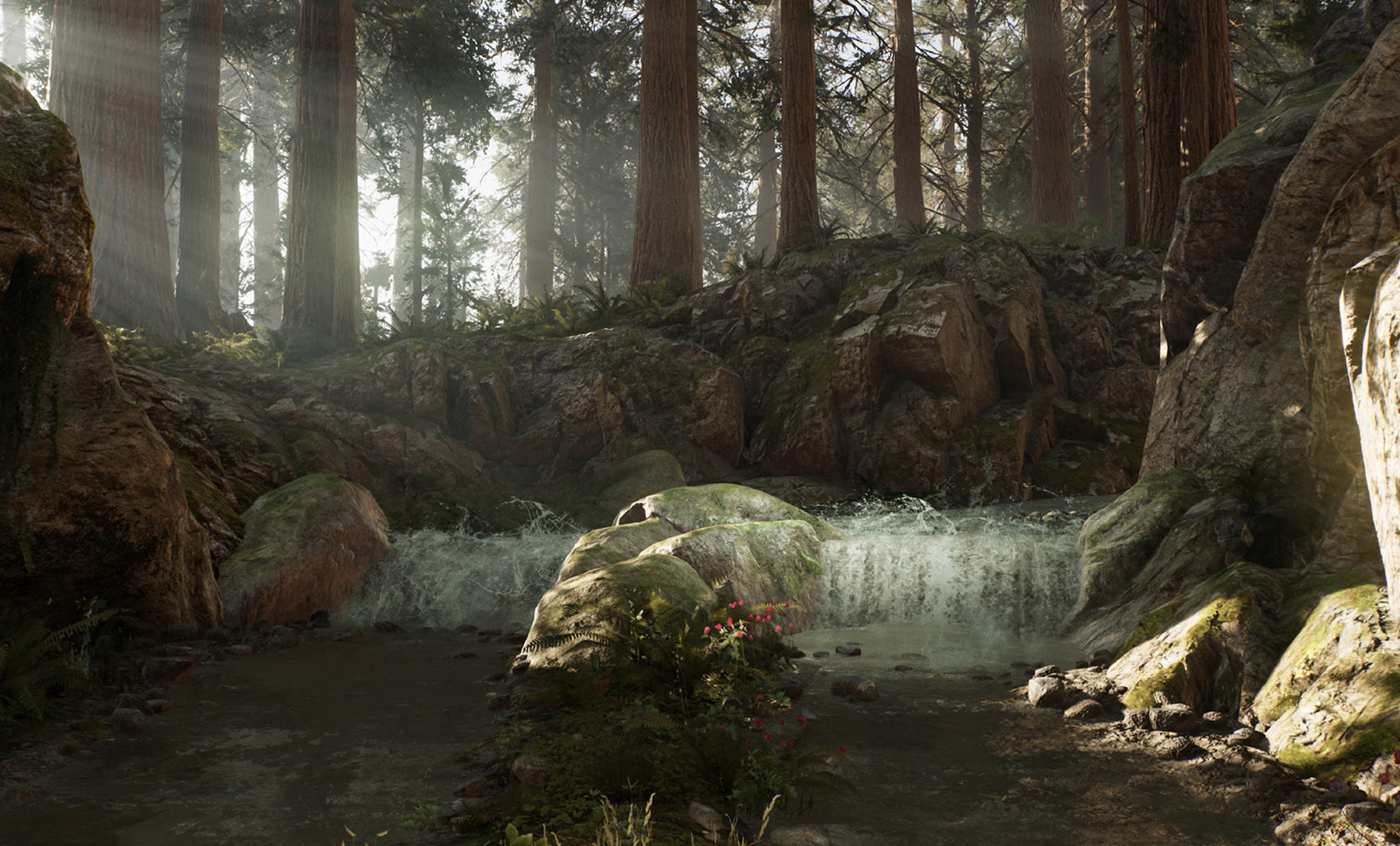
This framing aligns with broader shifts in speculative design and critical world-building. Rather than forecasting or predicting, these practices propose prototyping as critique: using fiction to test the social and material consequences of emerging technologies. The exhibition extends this logic into public culture, inviting visitors to consider themselves participants in design futures rather than passive spectators. The museum amplifies this engagement through “We Dream in Futures,” a public symposium held alongside the exhibition’s opening. Bringing together practitioners from architecture, game design, and media art, the program situates the show within a broader discourse on the politics of imagination—how cultural institutions can mediate between speculation and implementation.
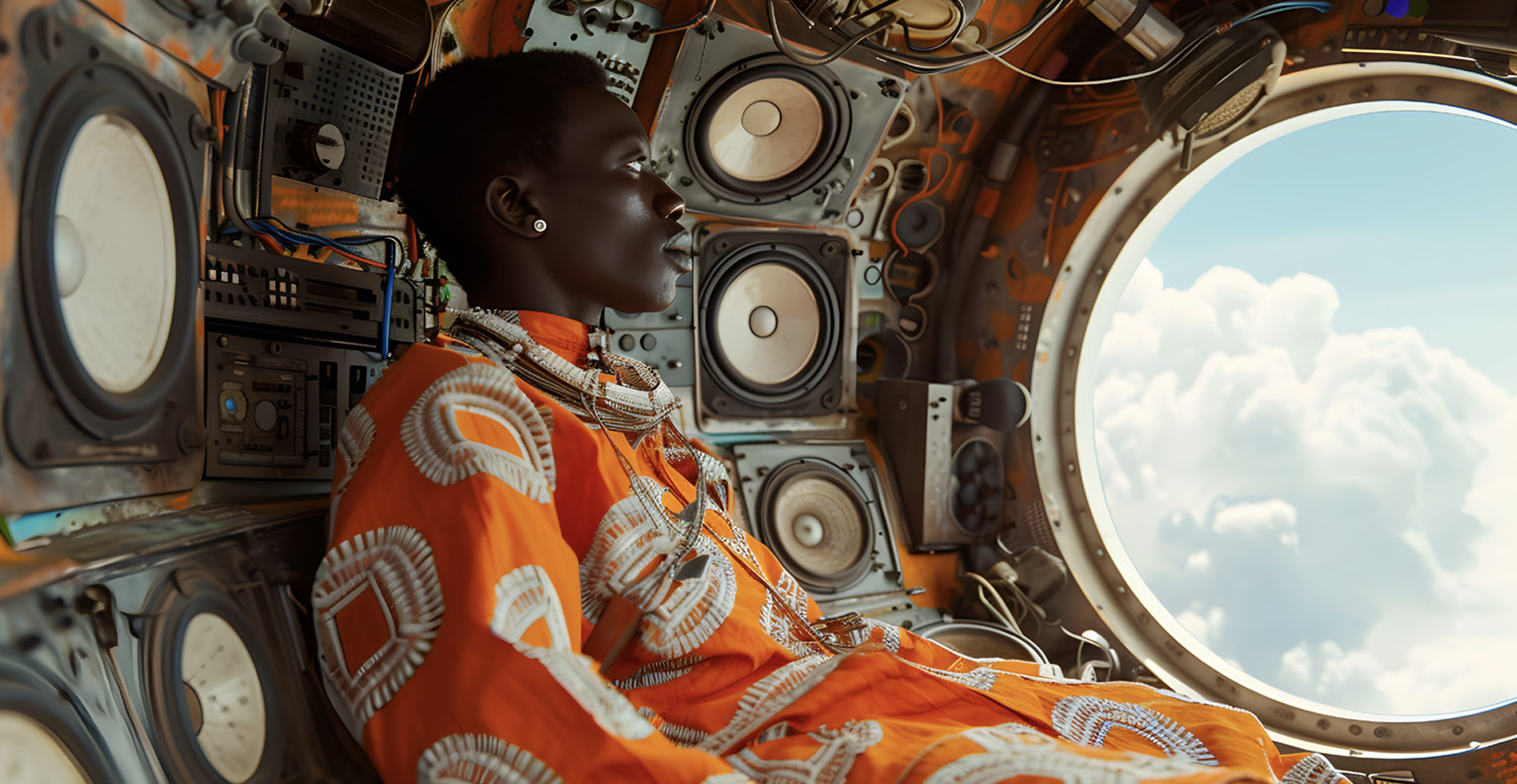
The Museum as Platform for Collective Imagination
As an institution, ArtScience Museum has positioned itself at the intersection of design, science, and cultural speculation. Another World Is Possible represents its most integrated articulation of that agenda to date. The museum functions here as a platform for systems thinking—an experimental site where design research, environmental ethics, and cinematic storytelling converge.
This orientation signals a wider institutional shift. Museums are no longer content to archive the past; they are increasingly engaged in prototyping the future. By partnering with creative technologists and speculative practitioners, ArtScience Museum asserts that curatorial work can shape civic and environmental imagination as effectively as policy or engineering.
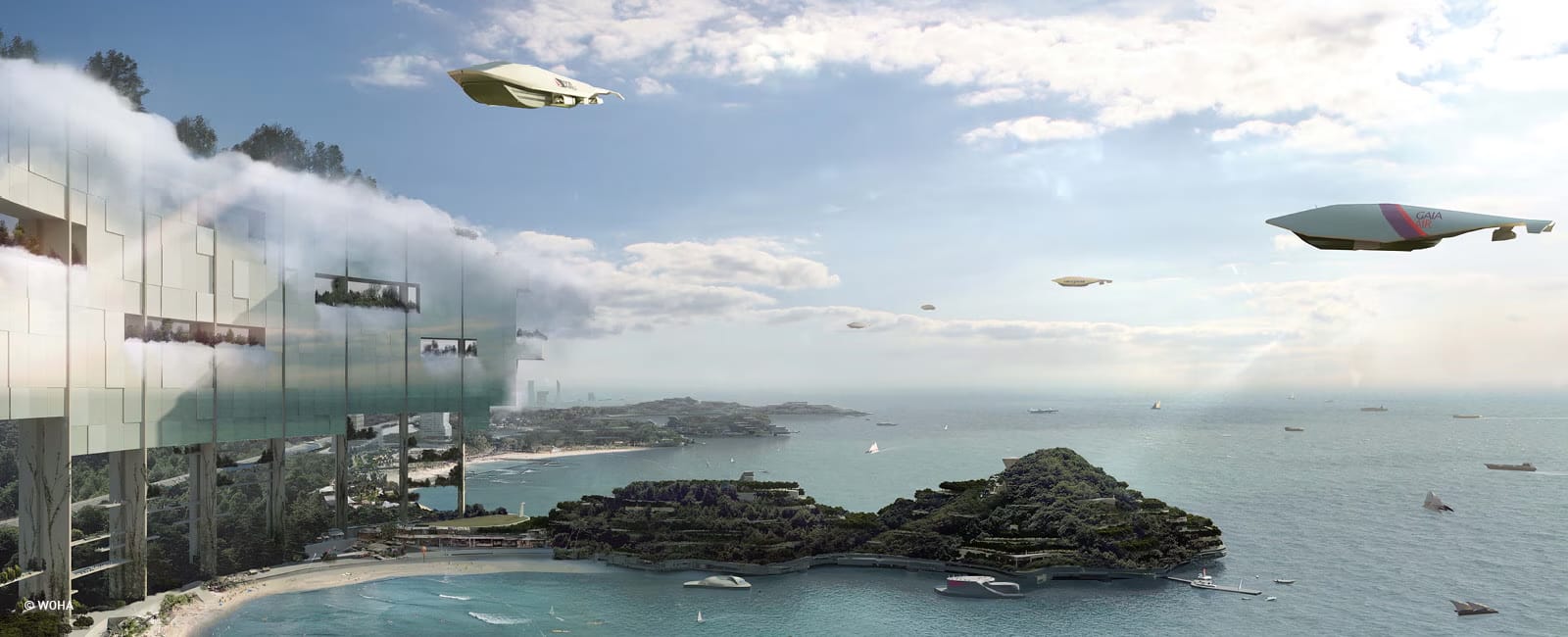
Singapore’s own history reinforces this narrative. Its urban development has long been guided by anticipatory design—city planning as a speculative act. Another World Is Possible reframes that logic through cultural inquiry: how might imaginative foresight extend beyond urban systems to encompass social, ecological, and planetary ones?
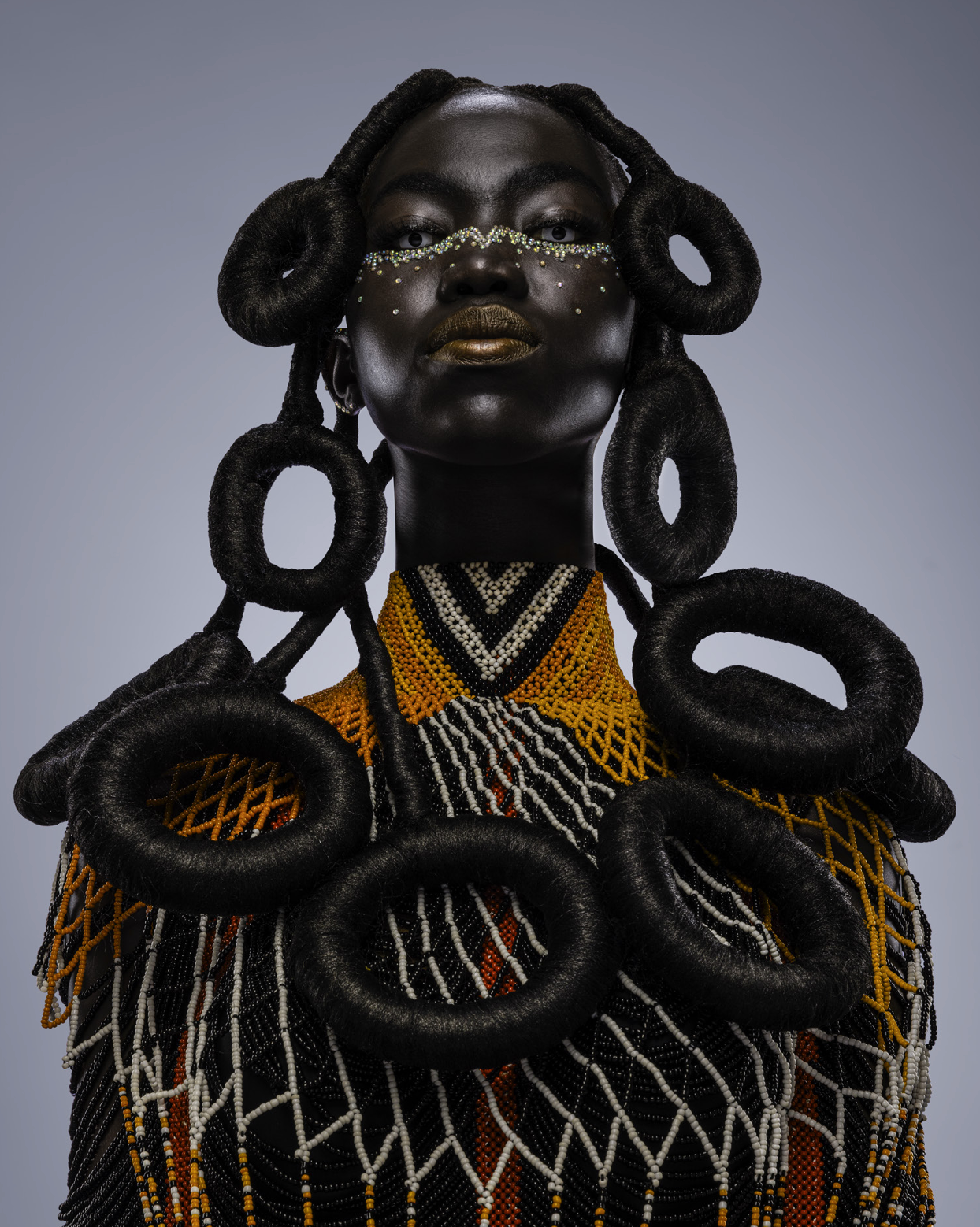
A Blueprint for Possible Futures
Across its installations and programs, Another World Is Possible challenges visitors to think of futures not as timelines but as negotiations—between growth and sustainability, autonomy and cooperation, technology and ecology. It reframes creativity itself as a civic act: a collective capacity to envision alternatives and build toward them.
What emerges is less a vision of the future than a blueprint for future-making. Through architecture, film, and narrative design, the exhibition models how imagination can become a method of governance and how cultural institutions can mobilize that imagination toward public agency.
For a museum often associated with digital spectacle, this exhibition marks a shift toward critical synthesis. It invites audiences to move beyond aesthetic immersion and toward strategic reflection—to ask not only what futures look like, but who designs them and under what conditions.

